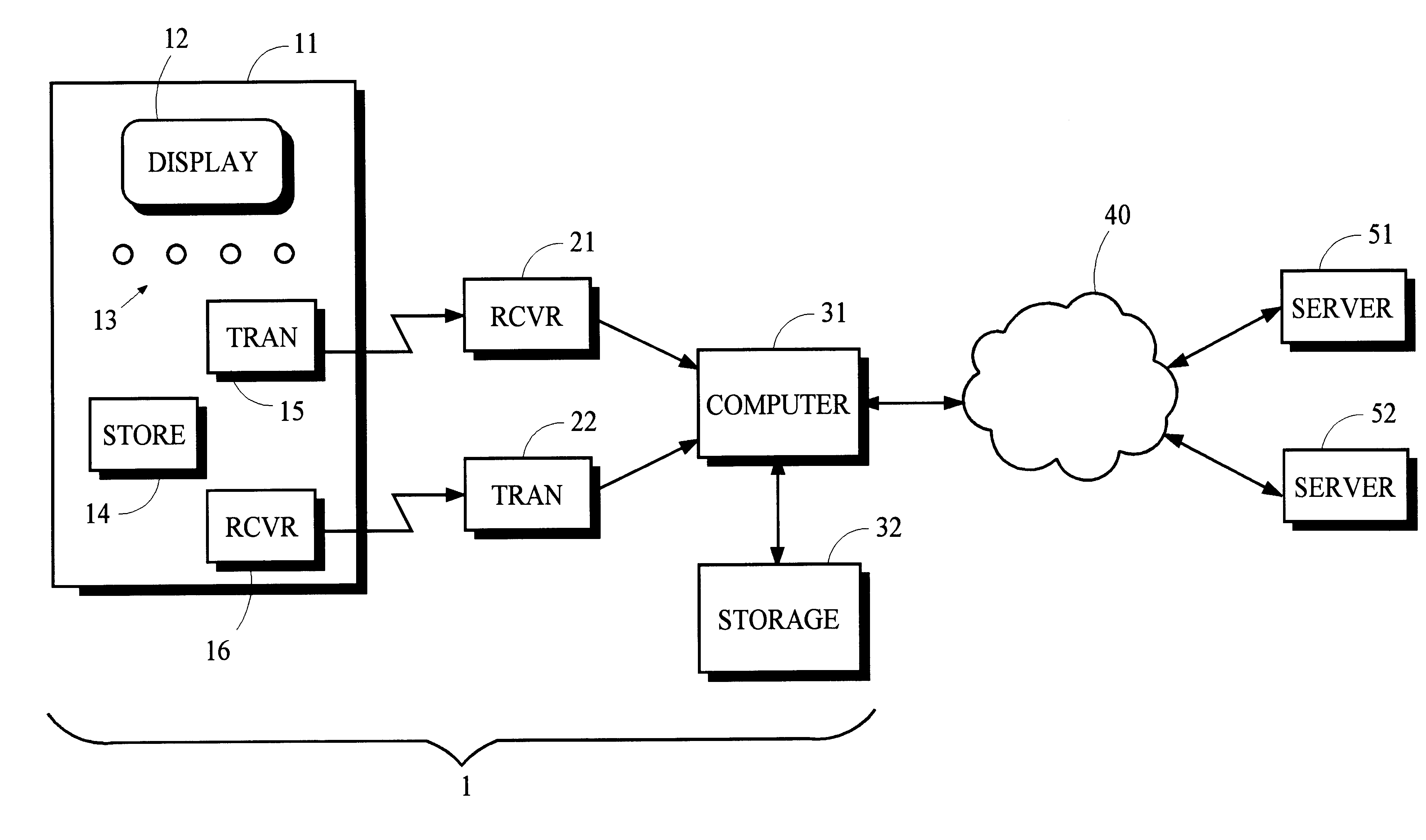Reducing perceived latency in servicing user requests on low-bandwidth communication channels
a technology of low-bandwidth communication channel and perceived latency, applied in the field of reducing perceived latency in servicing user requests on low-bandwidth communication channel, can solve the problems of not being a popular medium of information exchange, tcp requires considerable computing and network bandwidth resources, and http itself requires considerable resources to format, process and display information. the effect of latency reduction
- Summary
- Abstract
- Description
- Claims
- Application Information
AI Technical Summary
Benefits of technology
Problems solved by technology
Method used
Image
Examples
Embodiment Construction
Overview
The FIGURE illustrates a system in which various aspects of the present invention may be practiced. As will be explained below, some of the components illustrated in the FIGURE may be omitted in various embodiments. As shown, client 1 uses network 40 to access resources provided by server 51 and server 52. Although it is contemplated that server 51 and server 52 are hypermedia servers, perhaps operating in conformity with the Hypertext Transfer Protocol (HTTP), this is not necessary to practice the present invention.
Client 1 comprises computer 31 and device 11, which is remotely located with respect to computer 31. Remote device 11 and computer 31 perform functions that implement client 1. Remote device 11 provides a user interface through which information can be presented to a user and input can be received from a user. Computer 31 exchanges information with network 40 in a manner that is consistent with a conventional network client.
Computer 31 stores parameters and infor...
PUM
 Login to View More
Login to View More Abstract
Description
Claims
Application Information
 Login to View More
Login to View More - R&D
- Intellectual Property
- Life Sciences
- Materials
- Tech Scout
- Unparalleled Data Quality
- Higher Quality Content
- 60% Fewer Hallucinations
Browse by: Latest US Patents, China's latest patents, Technical Efficacy Thesaurus, Application Domain, Technology Topic, Popular Technical Reports.
© 2025 PatSnap. All rights reserved.Legal|Privacy policy|Modern Slavery Act Transparency Statement|Sitemap|About US| Contact US: help@patsnap.com


